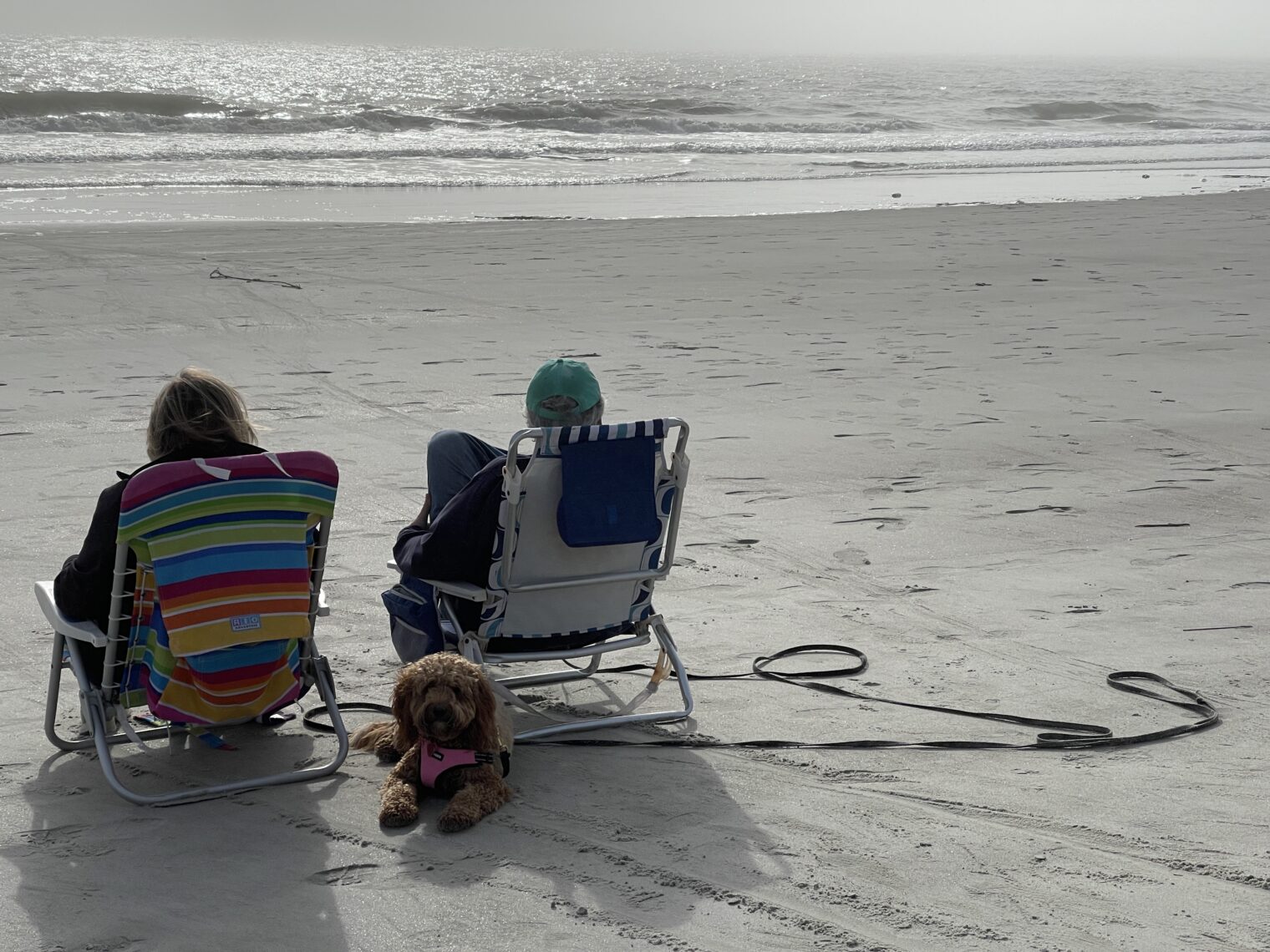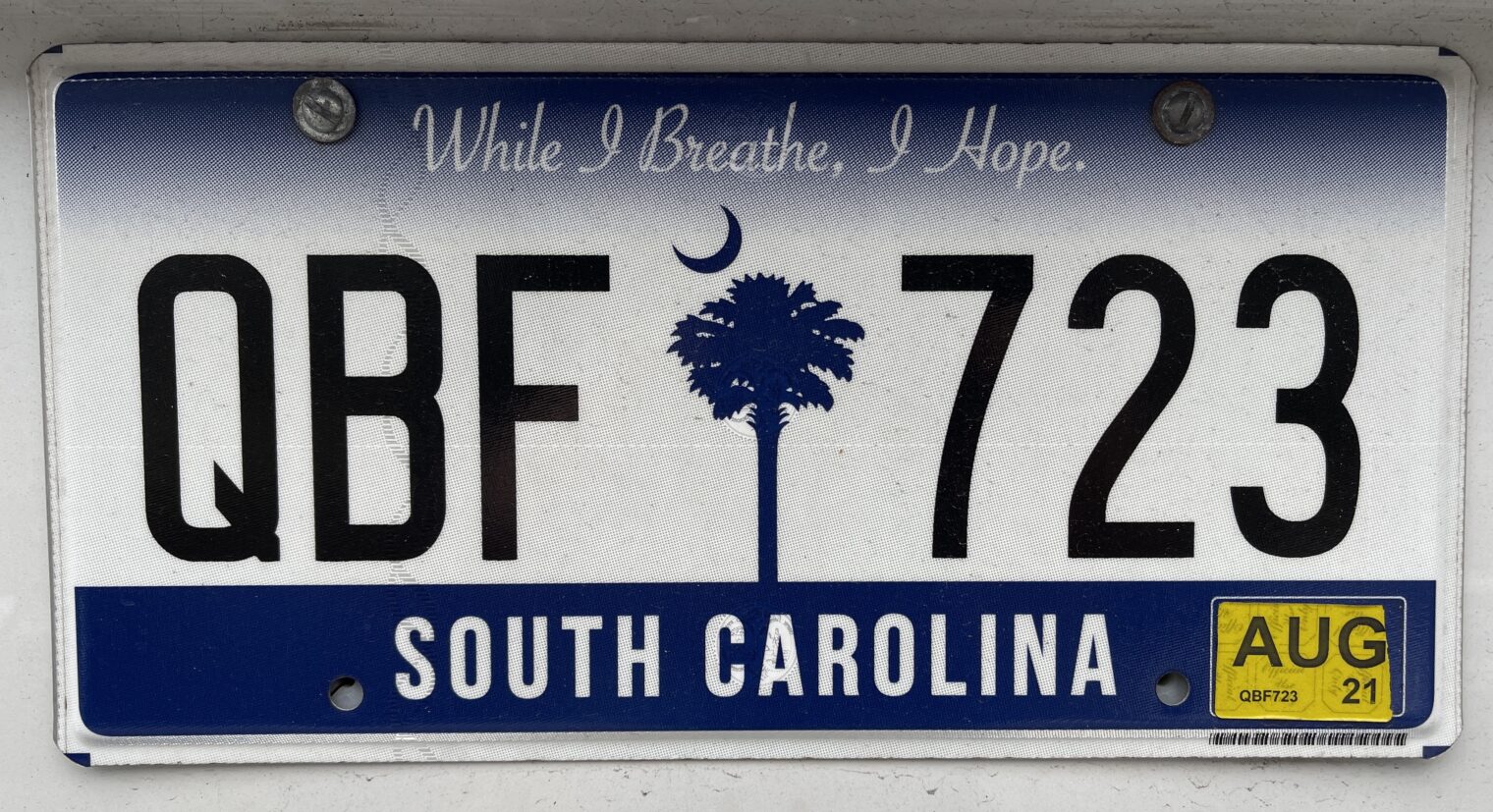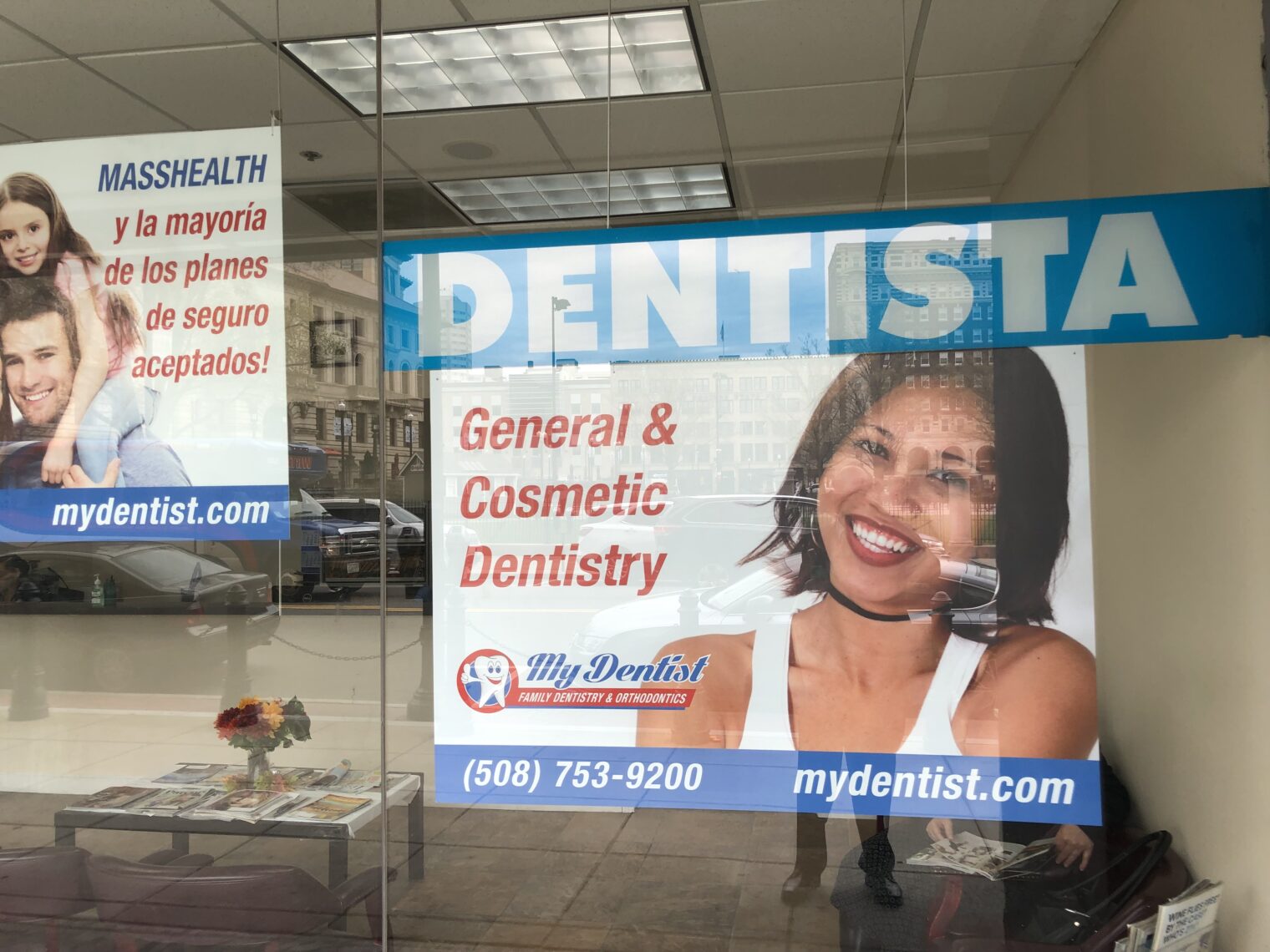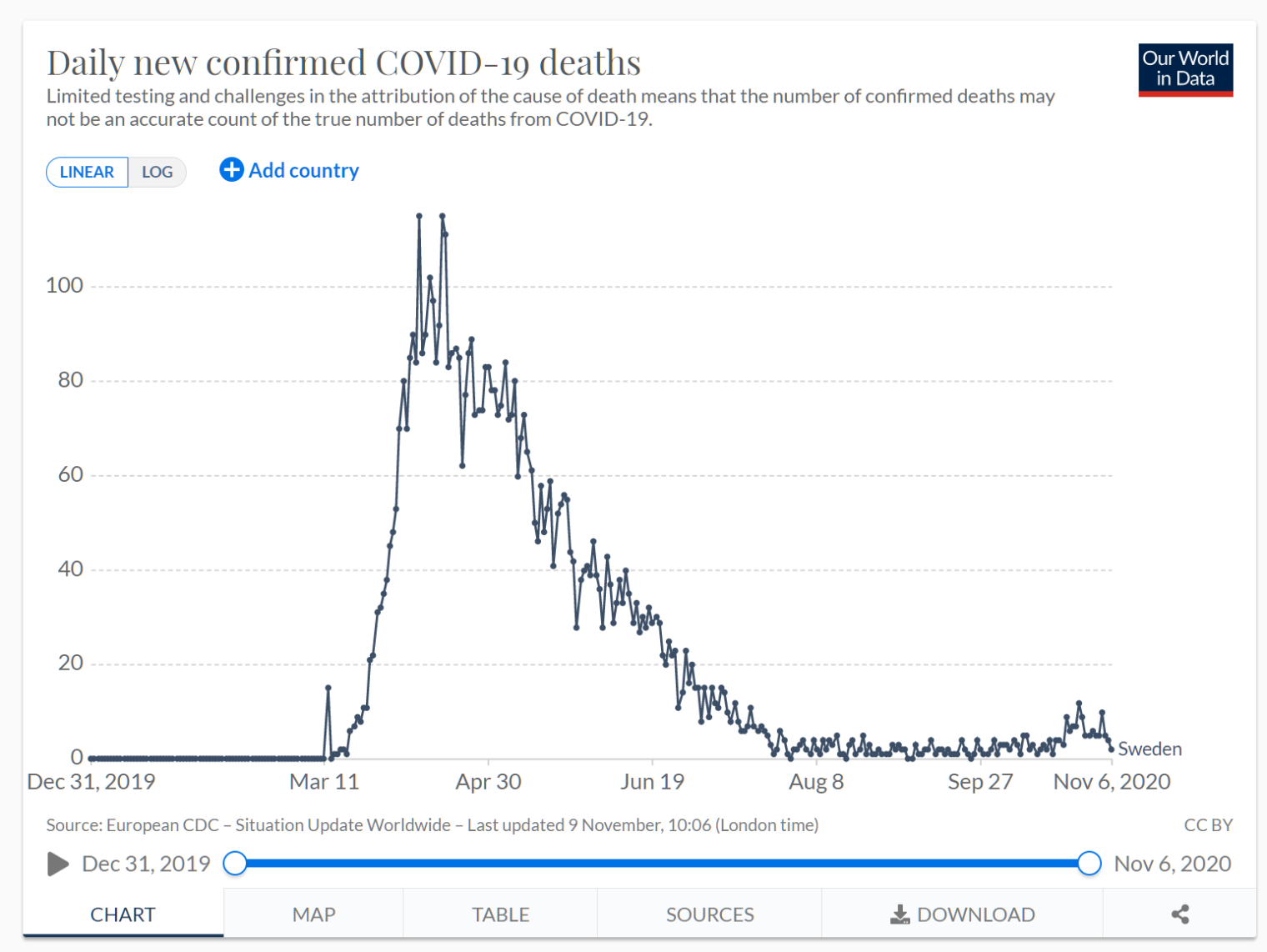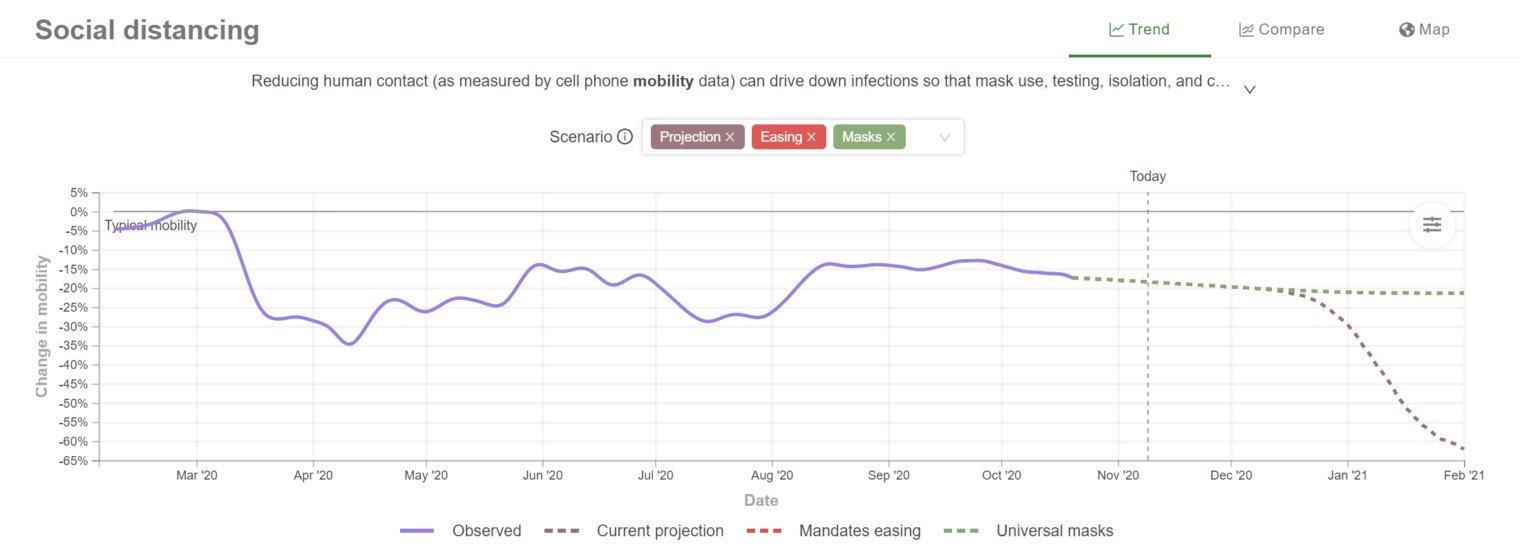Should a rich person on Medicare buy supplemental insurance?
A friend is turning 65. If he can easily afford the co-pays (20 percent for most things), does it make sense for him to buy insurance to supplement Medicare?
From a reasonably wealthy consumer’s point of view, the main advantage of health insurance in the U.S. is that the insurance company will defend against the providers’ attempts to steal via fake rates. See America’s Efficient Health Care System: my $15 bill for a checkup (2010), in which the doctor charges a fictitious $510 fee for a checkup that is actually valued at $83 (the insurance company’s “negotiated rate”). If you don’t have insurance, you will be attacked by the health care industry with rates that are 5-10X higher than what 95% of patients are paying. No other part of the U.S. economy works like this and I am not even sure how it is legal. The fictitious prices aren’t quoted to the patient in advance. How can it be legal to hit someone with a bill for 5-10X the real price after the visit? If you take your car in for dealer service and the dealer can’t reach you to get authorization for replacing the bald tires, the dealer can’t charge you $5,000 for a set of tires that 95 percent of the dealer’s customers are paying $500 for, right?
[Related question: Why is the uninsured rate only $510 for an $83 service? Why isn’t it $5,100, for example? The insurance company will still pay $83 and the uninsured can be pursued for $5,100. There isn’t a better rational basis for $510 versus $5,100 or vice versa.]
So… if this guy and his wife will be on Medicare, which is doing the negotiation dance with providers, if he doesn’t buy supplemental coverage is there any circumstance in which he’ll be exposed to this kind of systemic crime by the U.S. health care industry? Or will Medicare always negotiate a normal rate for him even if he ultimately has to pay whatever Medicare has negotiated? (In the latter case, it doesn’t make sense for him to buy insurance because he doesn’t need the insurance part of the insurance.) Is there any convenience benefit to having supplemental insurance, e.g., one doesn’t get annoyed via mail with $10 or $15 hardcopy bills?
A couple of Medicare beneficiaries and their pup, enjoying a misty day at the beach in Hilton Head, South Carolina (January 2021):
And the South Carolina license plate motto (“While I Breathe, I Hope”), perfect for the Age of COVID-19:
Also of interest from Hilton Head…
Full post, including comments